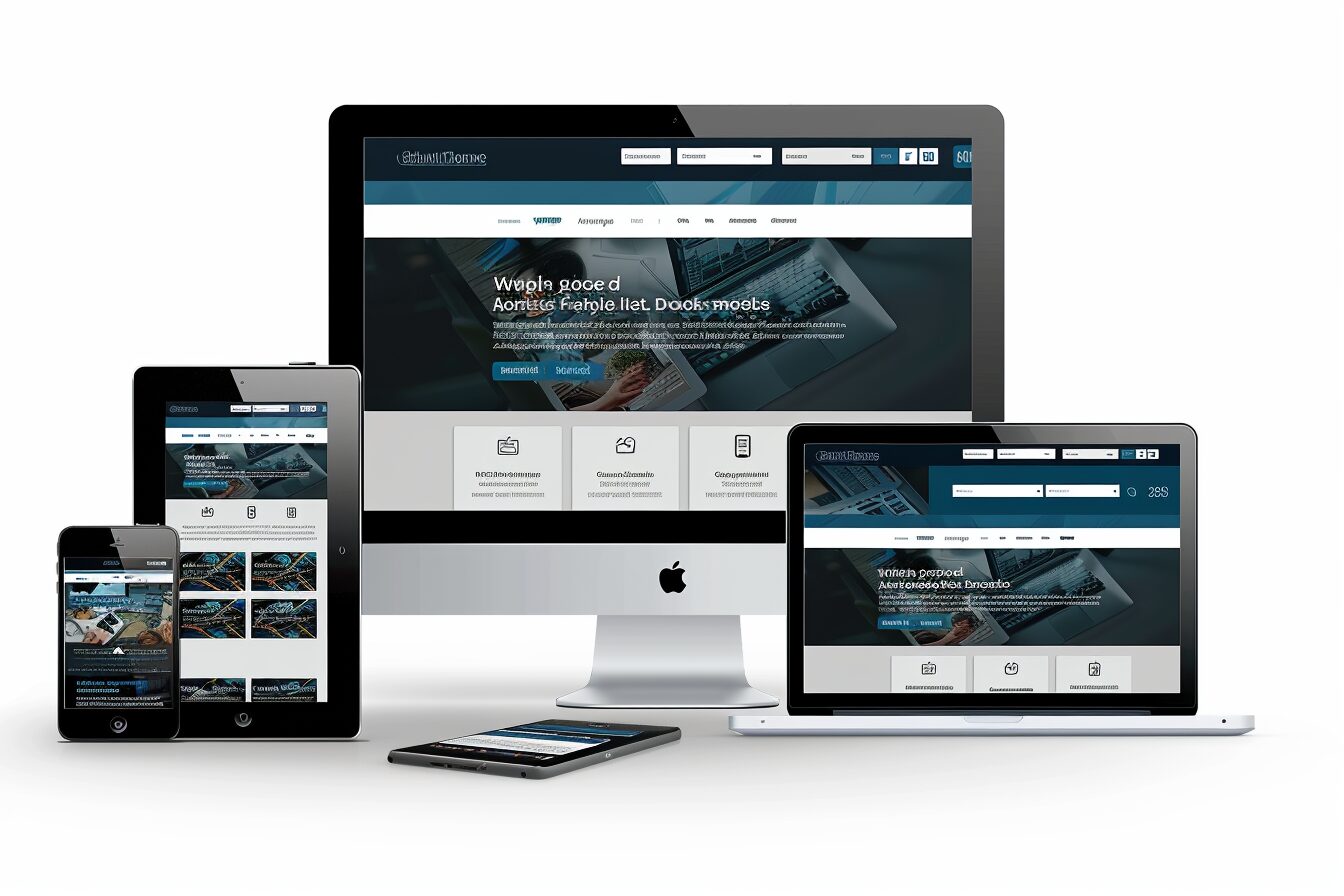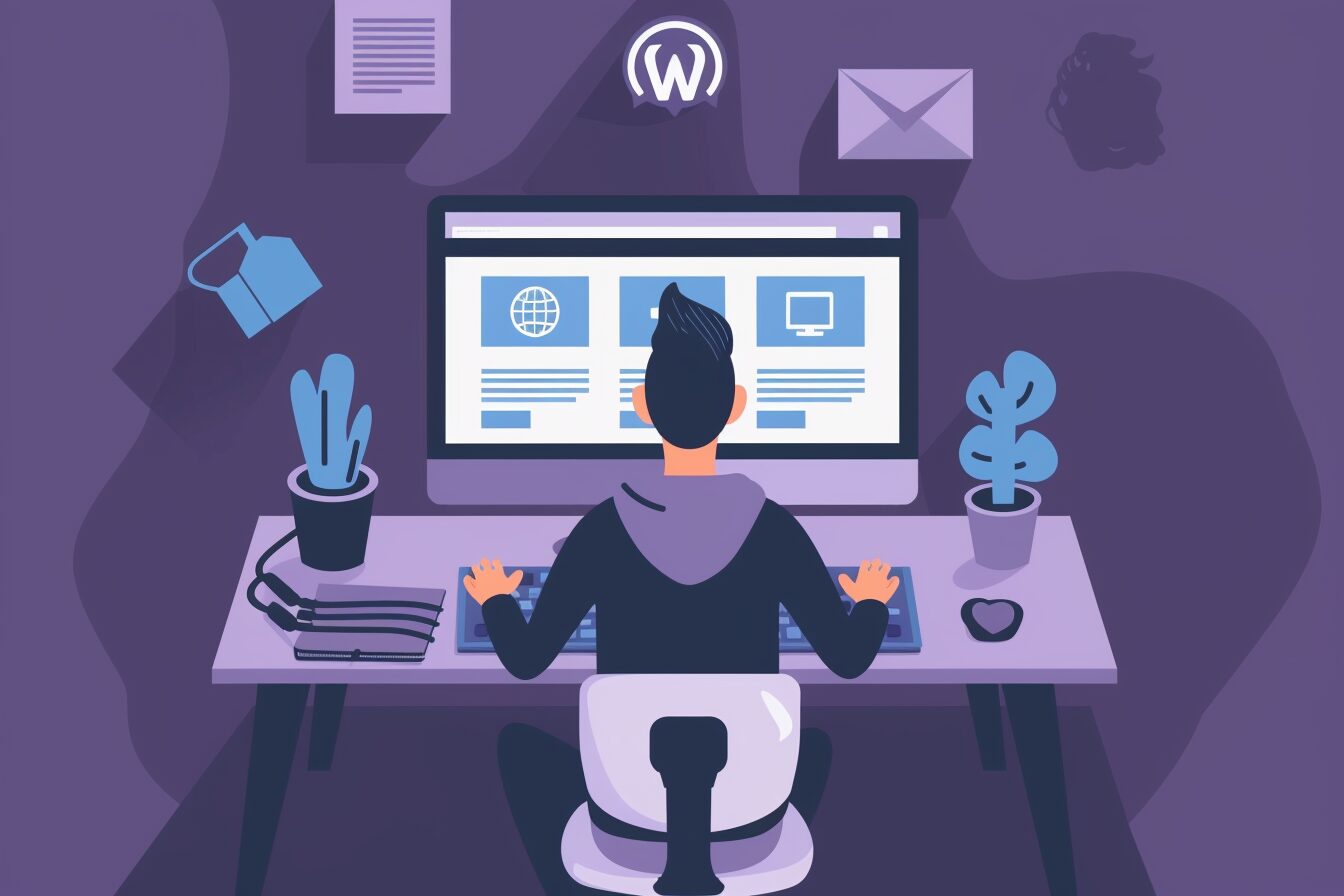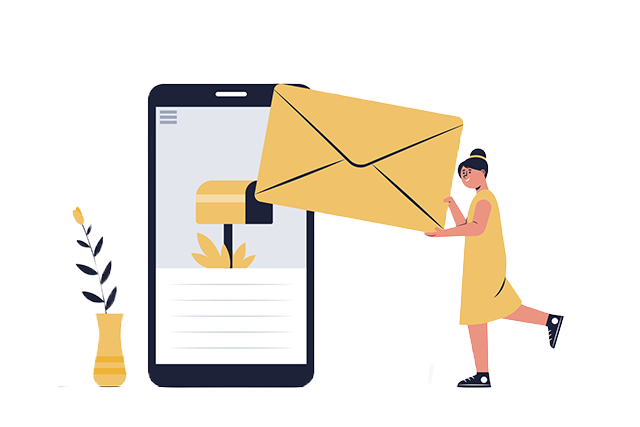Getting started on your very first web design project can be an exciting time for you and your business. This is your first foray into setting up an online presence for your brand, which can do wonders for audience reach, as well as sales and conversions.
But as with anything new, web design can also be a bit daunting. How do you go about planning your project? What should you keep in mind? In this article, we’ll take you through some tips and steps to plan your next web design project.
Define Your Objectives
The first step in any design project is to define your objectives. Why are you undertaking this project? What are your goals? Answering these questions will help you focus on the right elements and ensure everyone involved is on the same page.
Some common objectives for web design projects include:
- Improving brand awareness
- Generating leads or sales
- Increasing website traffic
- Improving customer engagement
- Creating a better user experience
Identifying your website’s objectives will help you determine the target audience, what type of content to include, and the overall design aesthetic. It will also be helpful when it comes time to measure the success of your project.
Know Your Target Audience
Your target audience is a crucial contributing factor to the success of your website, which is why you should spend a good amount of time identifying exactly who your target audience is. Once you know who you’re targeting, it will be much easier to design a website that resonates with them.
To help identify your target audience, consider the following questions:
- Who is your ideal customer?
- What are their demographics?
- What are their interests and needs?
- How do they prefer to consume content?
- What devices do they use most often?
- Where do they live or work?
Answering these questions will give you a good idea of who you should be targeting with your web design project. You can then use this information to create buyer personas, which are fictional representations of your target audience. These personas can be used to guide your web design decisions and ensure you’re always considering your target audience.
Determine the Scope of Your Project

Once you know your objectives and target audience, it’s time to start determining the scope of your project. This will help you understand what needs to be done in order to achieve your objectives and appeal to your target audience.
You’ll need to create a list of deliverables, including the site’s content. The content and functionality are key factors, and without them, your site will not work. A clear idea of what you want and how it will be done will help the team work more efficiently and smoothly, leading to a better chance of success of your website design project.
There are a few important points that you have to think about to determine the scope of your project. Some of these points include the kind of website that you need for your brand. Do you need a simple, single-page website, or a multi-page eCommerce site for your business? What kind of marketing will you be implementing on your site? What features do your users need from your site?
These are just a few of the questions you can ask that will help you determine the scope of your project, which will help you determine several other factors, including the budget for the project, the timeline, and how many people are needed to work on it.
Define the Technology Stack
Once you’ve defined the project’s goals, the next step is to determine the technology stack. The technology stack for your website is an essential component of the overall plan.
Depending on the complexity of the website, a content management system might be the right fit for your business. On the other hand, a robust framework could be more appropriate for a large website. The best method is to use a technology that supports the client’s requirements.
No matter which route you choose, be sure to take the time to interview your potential team members and ensure that they’re a good fit for your project.
Set a Budget and Timeline
Now that you understand your project’s scope, it’s time to set a budget and timeline. These two factors are closely related, as the budget will help determine how long the project can take, and the timeline will help determine how much money needs to be allocated.
Take the time to research and learn more about the average cost of web design projects in your location and how long they typically take. Setting the proper budget for your design project means hiring the best professional for your needs without sacrificing the quality of your design or paying too much.
Remember that your budget must also account for ongoing costs, such as hosting fees, maintenance, and content creation. Once you understand these costs, you can start to put together your budget and timeline.
Assemble Your Team

Now that you know what needs to be done and how much time and money you have to do it, it’s time to start assembling your team. Depending on the size and scope of your project, you may need to hire additional help, either in the form of freelancers or an agency.
Freelancers can be a great option if you’re working with a limited budget, as they’re usually more affordable than agencies. However, working with freelancers can be more challenging, as you have to manage multiple people and ensure everyone is on the same page.
If you have a larger budget and want to ensure that professionals handle your project, consider working with an agency. The main advantage of working with an agency is that they will handle all aspects of your project from start to finish, saving you a lot of time and stress.
The downside of working with an agency is that they are usually more expensive than freelancers. However, you may find that the peace of mind and quality of work offered by an agency is worth the extra cost.
No matter which route you choose, be sure to take the time to interview your potential team members and ensure that they’re a good fit for your project.
Planning your next web design project doesn’t have to be overwhelming. By taking the time to understand your goals, budget, and timeline, you can put together a solid plan to help ensure your project’s success. Once you’ve assembled your team, you can begin working on designing and building your website.
If you need help along the way, don’t hesitate to contact a professional web design agency. They will be able to provide you with the guidance and support you need to ensure that your web design project is a success.
Start Planning Your Web Design Project Today
Now that you know more about how to plan your next web design project, it’s time to get started. Use these tips to create a detailed plan to help you achieve your objectives and appeal to your target audience. With a little planning, you can ensure that your next web design project is a success.











